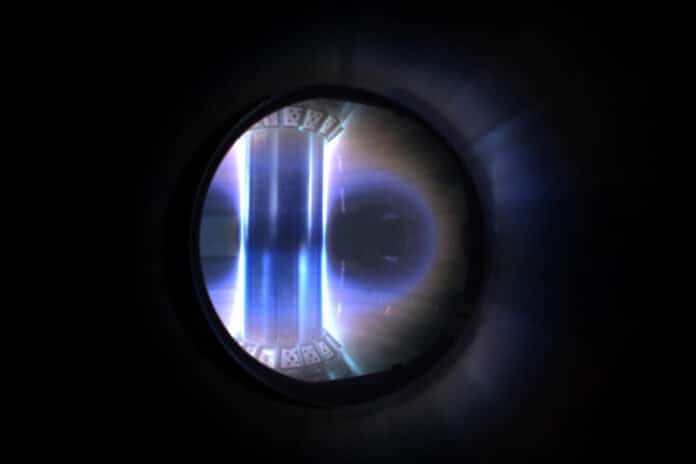U.K.-based nuclear fusion firm Tokamak Energy is currently working on nuclear fusion, which is considered to be the holy grail of the energy field.
Nuclear fusion is a reaction that powers the sun and the stars, and it is extremely difficult to replicate. But, if we can successfully harness this stellar reaction, it could lead to clean, green, safe, and abundant energy being a reality all around the world.
Tokamak Energy is bringing innovative ideas to the mainstream concept, building on solid foundations but using cutting-edge technologies. Its record-breaking fusion machine will demonstrate multiple technologies required for the production of clean and sustainable fusion energy.
In early 2022, the company demonstrated a world-first by reaching a plasma temperature of 100 million degrees Celsius in its ST40 high-field spherical tokamak with copper magnets. According to the company, this is the threshold required for commercial fusion energy and the highest temperature ever achieved in a privately funded spherical tokamak.
Since then, the company has been making upgrades to ST40 to improve understanding and develop high-performance diverted plasma scenarios in a high-field spherical tokamak.
Dr Steven McNamara, Tokamak Energy’s Head of Plasma Systems, and his team will present the full results at next week’s International Atomic Energy Agency (IAEA) Fusion Energy Conference at the Queen Elizabeth II Centre in London.
In a diverted configuration, the machine effectively separates the magnetically confined hot gas from the wall, redirecting the exhaust to a dedicated ‘divertor’ region; the divertor region extracts heat and particles, keeping the core plasma cleaner and, therefore, significantly improving overall performance.
In a fusion pilot plant, the heat loads on the divertor are expected to be similar to a space shuttle during re-entry. This highlights the importance of divertor design and the need for materials that can withstand such extreme conditions.
In addition, they installed an infrared camera installed in collaboration with Oak Ridge National Laboratory (U.S.) to measure the power load distribution on the divertor targets. This helps enhance the understanding of plasma exhaust and increases confidence in future power plant designs.
Tokamak Energy has achieved its milestones by making significant upgrades to the ST40 plasma control system, as diverted plasmas are vertically unstable and require precise control. This helped them exceed their targets by achieving a diverted plasma with higher currents and sustaining it for longer durations.
The team has also successfully established diverted H-mode plasmas across a range of parameters and developed scenarios with a high fraction of non-inductive current drive. These scenarios will be used in future operations to further enhance the understanding of the performance of high-field spherical tokamaks.
“We’re delighted with these latest machine enhancements and results and proud of how ST40 continues to expand our understanding, further validating future power plant designs on our path to delivering clean, secure, and affordable fusion energy in the 2030s,” Dr McNamara said in the press release.
It will be back in operation in early 2024, following further upgrades and maintenance.
